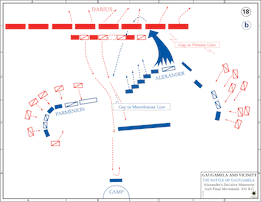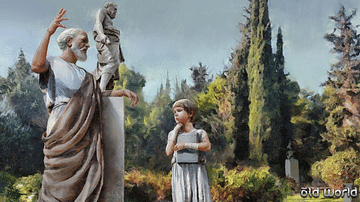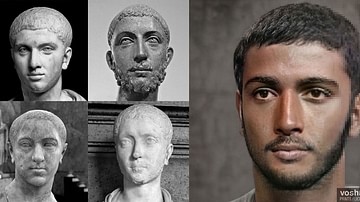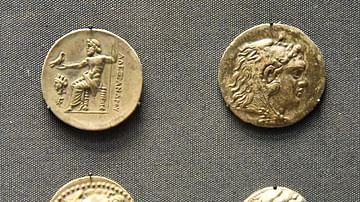Search
Search Results

Image
Death of Alexander Clay Tablet
This is a diary of astronomical and meteorological phenomena observed during the 2nd month of the years 323-322 BCE. Written in cuneiform inscription, it records the death of Alexander on the 29th day of the lunar month. The author describes...

Image
Alexander Sarcophagus, Sidon
Detail from Alexander sarcophagus, showing a scene of wild boar hunting. Despite the name, the sarcophagus was not made for Alexander the Great. Sidon, 4th century BC.
Istanbul Archaeology Museums.

Definition
Lysimachus
Lysimachus (c. 361-281 BCE) was one of Alexander the Great's trusted bodyguards and a member of his Companion Cavalry. Although he obtained Macedonian citizenship, his father was a Thessalian named Agathocles. After the death of Alexander...

Video
How Alexander Fleming Discovered Penicillin
Alexander Fleming was a Scottish doctor and microbiologist who discovered the world’s first effective antibiotic: penicillin. This discovery revolutionized medicine, and has been described as the single greatest victory ever achieved over...

Image
Map of the Battle of Gaugamela - Alexander's Attack
A map of the battle of Gaugamela depicting Alexander the Great attacking Darius III, a move that led to victory.

Image
Aristotle Tutoring Alexander
Artist's impression of an ancient Greek scholar tutoring a young boy. It was common for wealthy Greek families to hire private tutors for their children, as there were no public schools. Famously, Alexander the Great was tutored by Aristotle...

Image
Alexander as Ammon-Zeus
Silver tetradrachm from Thrace, reign of Lysimachus, 323-281 BCE. Head of Alexander as Ammon-Zeus. (Alpha Bank Numismatics Museum, Corfu)

Image
Alexander Severus (Artistic Facial Reconstruction)
A photorealistic artistic reconstruction of what the Roman emperor Alexander Severus (r. 222-235 CE) may have looked like. Based on contemporary and near contemporary descriptions, as well as archaeological evidence. Pictured alongside...

Image
Alexander The Great and Roxane
Alexander The Great and Roxane (1756) by Pietro Antonio Rotari (1707–1762). Hermitage Museum, Saint Petersburg, Russia.

Image
Coins of Alexander the Great of Macedon
Alexander conquered large areas of Europe, Asia, and North Africa. The coin types produced during his lifetime were still used after his death in 323 BCE. These had the same imagery and weight standard, with local symbols to distinguish the...